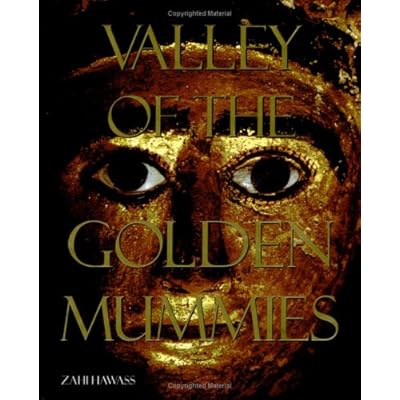 Camels are croaking at an alarming rate in Saudi Arabia. The Kingdom's Agriculture Ministry is confining the mystery camel deaths to hundreds. Many Bedouins regard camels as a necessity for keeping the quality of their way of life. Camels are bred for transportation, milk, and an ability to bear people or heavy loads. They are indigenous to a harsh desert climate with sweeping sandstorms and little fresh water. The catastrophic losses are critical matters of state for King Abdullah.
Camels are croaking at an alarming rate in Saudi Arabia. The Kingdom's Agriculture Ministry is confining the mystery camel deaths to hundreds. Many Bedouins regard camels as a necessity for keeping the quality of their way of life. Camels are bred for transportation, milk, and an ability to bear people or heavy loads. They are indigenous to a harsh desert climate with sweeping sandstorms and little fresh water. The catastrophic losses are critical matters of state for King Abdullah."The disease has to be limited to one place to prevent it spreading and then they have to find a serum," said camel breeder Hamad al-Harthy, who talked of hundreds of deaths.No identifying cause for the deaths of so many animals has been made. Many camel owners in Saudi Arabia are speculating as to whether there is an infectious disease running rampant in the camel population. The Kingdom is offering payment and their initial belief is that there is a problem with the feed used. But the mystery remains.
In Egypt, they believe they have found the oldest human footprint to date. Of course, Dr. Zahi Hawass explains the find in his inimitable style known to lovers of Egyptian antiquities:
"This could go back about two million years," said Zahi Hawass, the secretary general of the Egyptian Supreme Council of Antiquities. "It could be the most important discovery in Egypt," he told Reuters.Archaeologist are on a quest to find the tomb of the Lost Queen. The program from the Discovery Channel gives glimpses into the busy lives, family perils and fatal petty jealousies at court.
“The discovery of the Hatshepsut mummy is one of the most important finds in the history of Egypt,” Hawass notes. Indeed identification of Hatshepsut’s mummy is being billed as the most important event in Egyptology since the discovery of King Tutankhamen. The mere identification of a mummy seems to pale in comparison, but Hatshepsut isn’t just another mummy. She was one of the more remarkable rulers of ancient Egypt and certainly the most remarkable queen. ...
...The search for Hatshepsut has raised more questions than it answered. While scouring for clues that could lead to her whereabouts around her monuments and tombs, teams stumbled across love letters from her chief architect, bringing up questions about the nature of their relationship. Her daughter’s tomb was also discovered, as were indications that she was being groomed to take the throne after her mother.
 The entire link is worth the read as the implementation of a Mummy DNA lab and identification has caused its own rifts and accusations in modern times.
The entire link is worth the read as the implementation of a Mummy DNA lab and identification has caused its own rifts and accusations in modern times.For more on Egypt's considerable contributions in archeology read Valley of the Golden Mummies by Dr. Hawass. It is a pictorial feast. Many of the stunning pictures are from his personal collection.










No comments:
Post a Comment